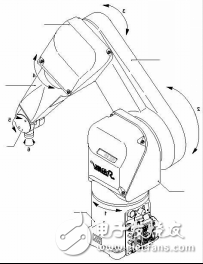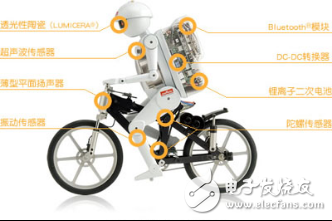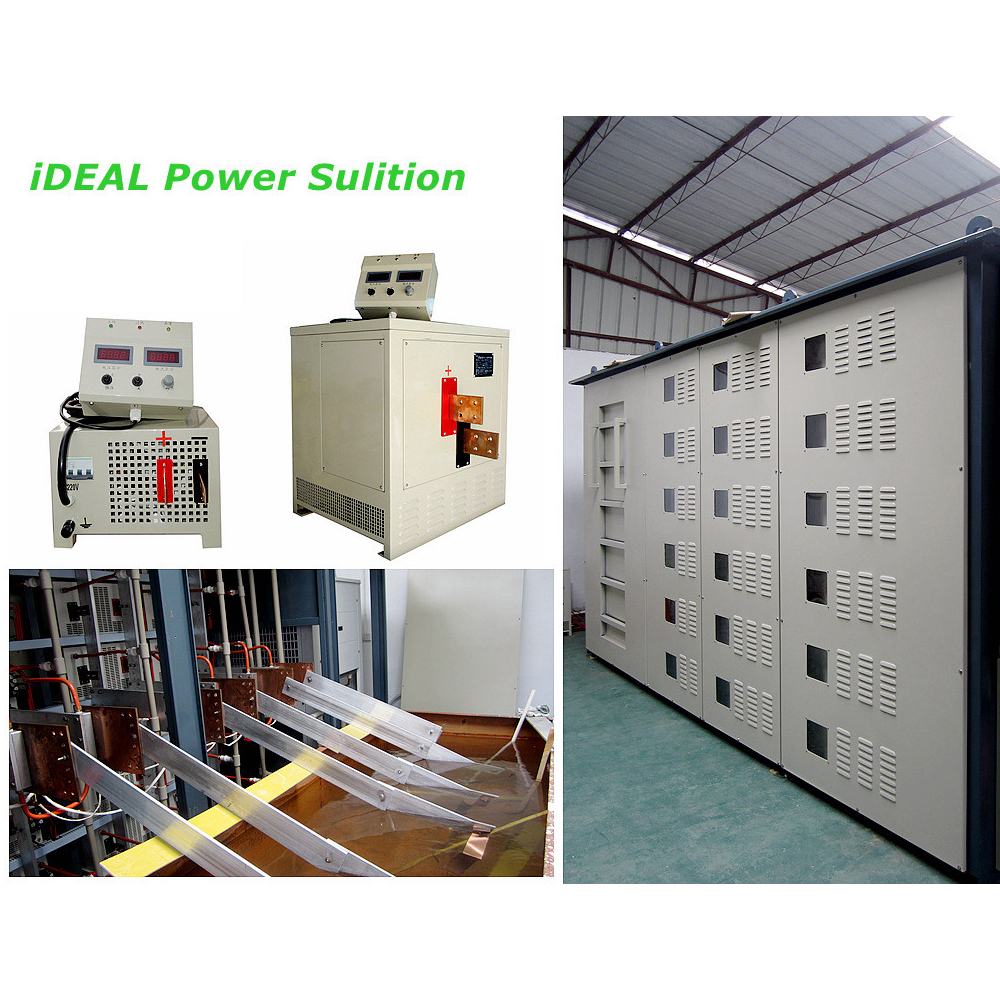The Spring Festival Gala has always been a cherished tradition for many, filled with laughter, music, and unforgettable performances. However, in recent years, the event has also showcased some modern innovations that reflect the spirit of the new era, such as aerial drone displays and the energetic "Square Dance Robot Aunt" that made an appearance on stage. These high-tech elements have captured the attention of audiences and sparked discussions about the role of technology in traditional celebrations.
But is the robot truly autonomous? Actually, it's more of a false assumption. The robot’s movements are ultimately controlled by human operators who program and guide its actions. Despite this, the performance still impresses viewers, blurring the line between machine and human creativity.
When we talk about robots, it's hard not to mention Yale University in the United States. Researchers there once developed a computer system capable of generating its own content and even simulating thought processes. This was a groundbreaking step in the field of artificial intelligence, combining psychology and information theory to explore how humans think and behave. By understanding these patterns, scientists aim to replicate them in machines, creating systems that can mimic human-like behavior to some extent.
The "Square Dance Robot Aunt" that appeared after the Spring Festival Gala is based on similar principles. It combines advanced technology with choreography to deliver a performance that is both entertaining and impressive. But how exactly is this intelligent "Aunt" built?
Composition of the Robot
A robot typically consists of three main components: the mechanical part, the sensing part, and the control part. Each of these plays a crucial role in enabling the robot to function effectively and interact with its environment.
Mechanical Part
The mechanical structure of a robot includes the body (or fuselage), arms, and end effectors—each designed with multiple degrees of freedom to create a complex, multi-jointed system. Depending on their design, robots can be categorized into different types, such as Cartesian coordinate robots, cylindrical coordinate robots, polar coordinate robots, articulated robots, SCARA robots, and mobile robots. These variations allow for flexibility in movement and application across various industries.

Sensing Part
The sensing component includes both internal and external sensors that collect data from the robot's surroundings and its own internal state. Smart sensors enhance the robot's ability to move, adapt, and respond intelligently. While the human sensory system is incredibly sensitive, certain types of information—such as temperature, pressure, or motion—can be detected more efficiently by sensors than by human senses alone.

STP series plating rectifier power supply is an economical rectifier power supply made with high-frequency switching technology based on IGBT switching devices. It is an industrial power supply product developed by our company for electroplating, electrolysis, water treatment, hard oxidation and other industrial applications.

This series of electroplating power supplies are featured for complete control functions, stable performance, and competitive cost performance. Compared with the thyristor-based SCR plating rectifier power supply, the switching mode plating rectifier power supply has much higher efficiency. Under the same output power, up to 20% ~ 30% power loss can be reduced for the customers. This series of electroplating power supplies can reach ultra-high DC output of up to 2000KW with Max. current at 50000A.
The surface treatment industry does not have high requirements for plating DC power supply ripple, and most of models required for plating application are low-voltage and high-current output. The electroplating rectified power supply product removes the unnecessary LC circuit components at the input and output ends, and is targeted at the stability of the output current and the long-term operation capability of the high-frequency rectified power supply to meet the needs of the surface treatment process. In order to overcome the application's harsh environment and long-term high current working conditions, the power supply basically adopts the water-cooling method, and the internal components of the power supply are treated with three preventions, which can realize the effective heat dissipation of the power supply and the effective protection of the internal components of the power supply to improve the reliability of the rectifier power supplies.
Electroplating Rectifiers, Plating Rectifier Power Supplies, Electroplating Rectifier Power Supplies, DC Plating Rectifiers, Plating Power Supplies
Yangzhou IdealTek Electronics Co., Ltd. , https://www.idealtekpower.com